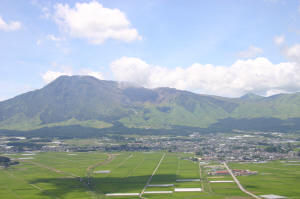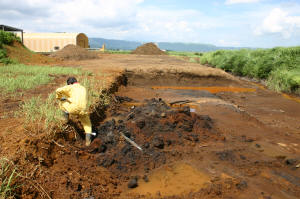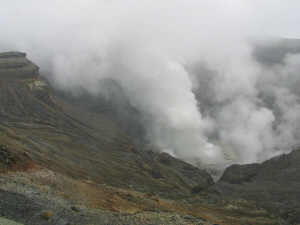
Neolithisation 3000 BC-500AD; Modernisation 14th-19th c
Area. Northern Kyushu including Ariake Sea, Ongagawa river and Aso volcanic crater in central Kyushu.
Reasons for selection:
(1) NK area is located on the narrow strait connecting the Japan Sea and the East China Sea, being also the closest region to the continental mainland;
(2) Flat areas are surrounded by active volcanoes (Aso and Shimabara volcanoes) and the sea coast lined with numerous small islands;

(4) Rich in valuable natural resources like obsidian, iron and coal.
Important issues during the Neolithisation period:
(1) Neolithisation centre of the archipelago: the place where land cultivation, livestock farming and metalware production first reached.
(2) Presumably the largest population in western Japan during the Jomon period (large number of archaeological sites).
(3) Foundation of the first state on the Japanese Archipelago.
(4) Central role in the trading network uniting the Japan Sea and the East
China Sea owing to the natural resources and the geographical location.
Important issues during the Modernisation period:
(1) Central role in the trading network uniting the Japan Sea and the East China Sea, the emergence of cities (Hakuta and others) in the Middle Ages.
(2) The centre of Japanese piratesf activities.
(3) The only place of cultural exchange between Western civilisation, Korean Peninsula and the Japanese Archipelago (Nagasaki, Hirado, crypto-Christians)
The first place to undergo Industrial Revolution.